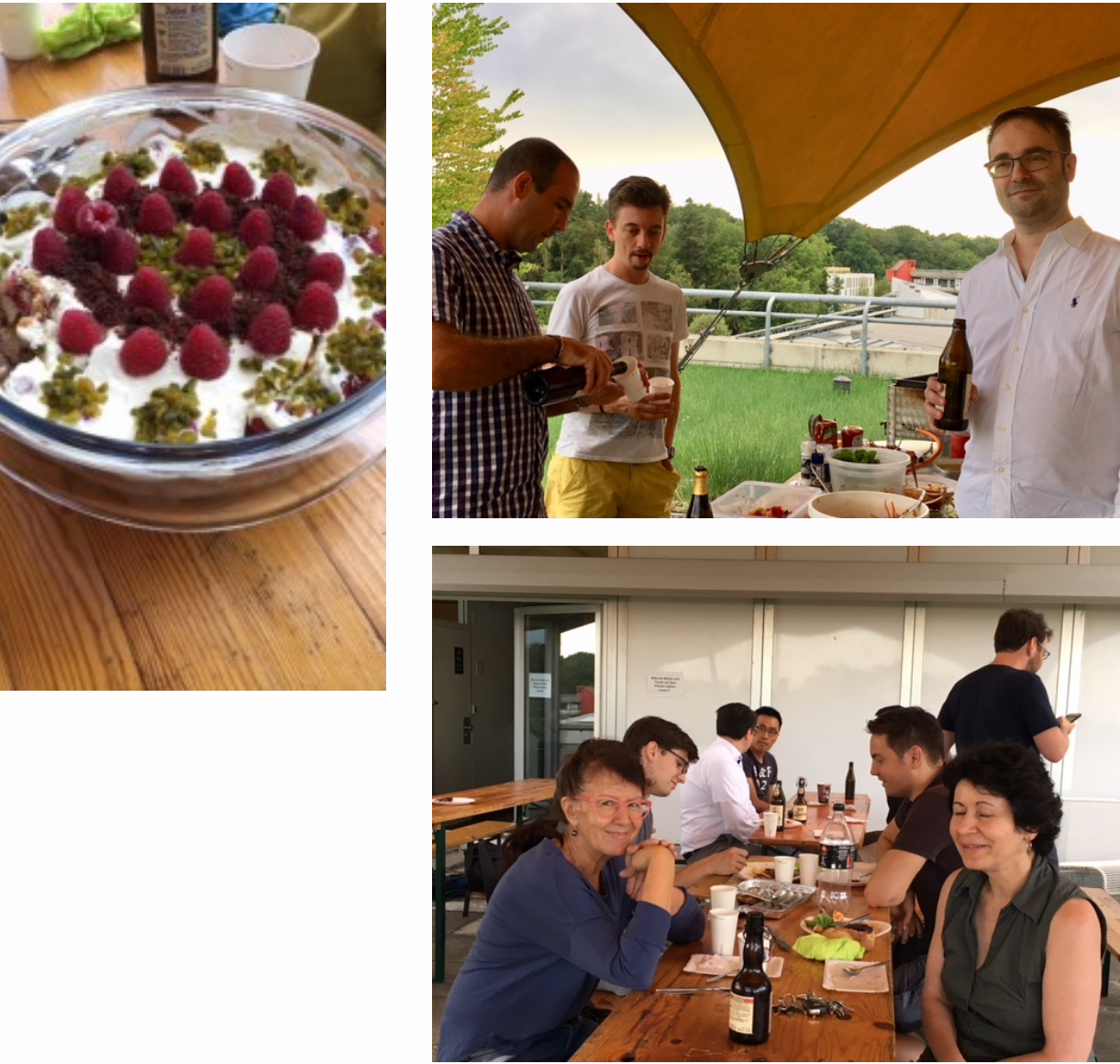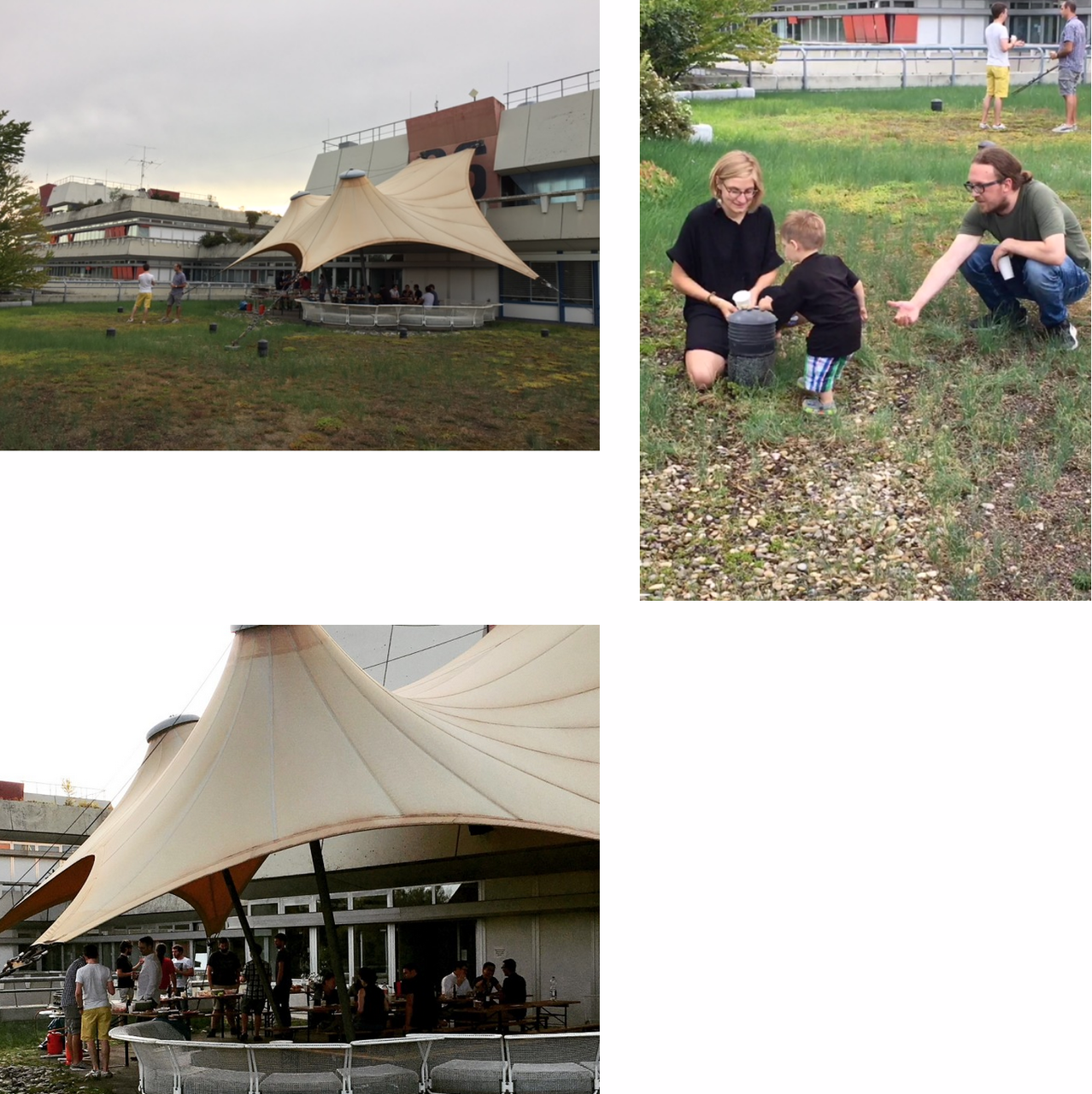The work of the Institute on hyperpolarized magnetic resonance imaging was mentioned in a recent special on quantum technologies by The Economist: http://www.economist.com/node/21718308?frsc=dg%7Cc .
In our work, Ilai, Qiong, Benedikt, Pelayo, Janica and Martin are collaborating closely with our friends from the Institute of Quantum Optics to use diamond quantum technologies to create very strong nuclear spin polarization in nanoscale diamonds as well as metabolic molecules outside of the diamond substrate. As the signal in a magnetic resonance scanner is proportional to the polarization of the target, this has the potential to strongly enhance the imaging capabilities of MRI. Our dream is to use these ideas to revolutionize cancer imaging and hence improve its detection as well the assessment of treatment success. Supported by the EU Project HYPERDIAMOND we have made encouraging progress, but we want to go further. With our start-up NVision Imaging Technologies we are pursuing the translation of this quantum technology to the real world !















